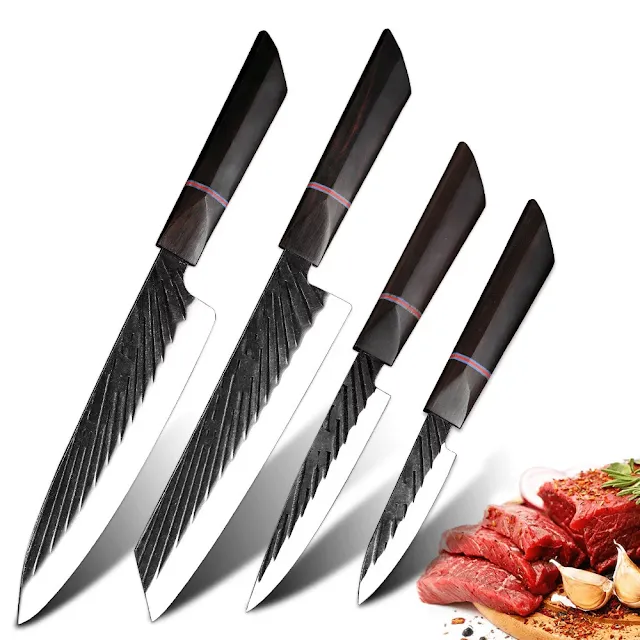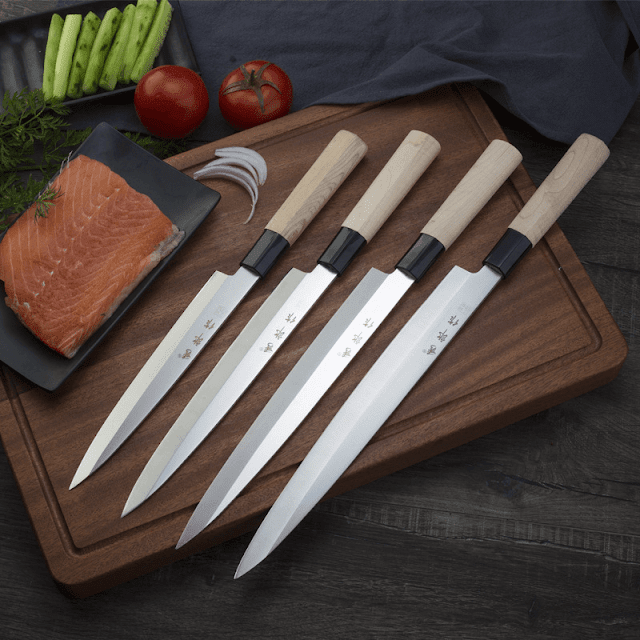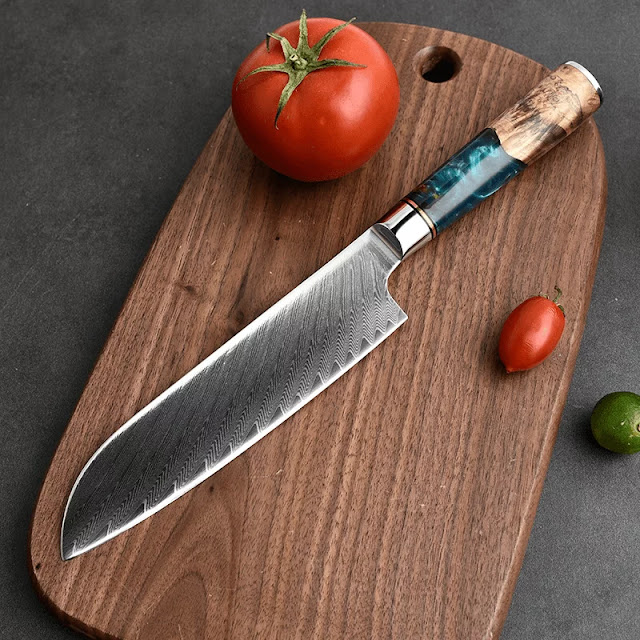The Art of Blades: A Journey Through the History and Significance of Kitchen Knives
The Art of Blades: A Journey Through the History and Significance of Kitchen Knives
Introduction
In the realm of culinary craftsmanship, few tools are as indispensable as the kitchen knife. From slicing, dicing, and chopping to delicate mincing, a quality knife is a chef's most trusted companion.
But have you ever wondered about the origins of these versatile blades and their profound significance in our lives? Join us on a fascinating journey through time as we explore the history and purpose of kitchen knives.
The Ancient Beginnings
The story of kitchen knives dates back to the dawn of human civilization. Early humans used sharp-edged stones and bones for hunting and food preparation.
These rudimentary tools evolved into more refined implements as humans discovered the art of metalworking.
Ancient Egyptians are credited with the earliest recorded use of metal knives, fashioned from copper or bronze.
These early knives were not only practical but also symbols of status and wealth. They were often adorned with intricate designs and used for religious ceremonies.
The Roman Culinary Revolution
As the Roman Empire expanded, so did culinary sophistication. Romans took the art of cooking to new heights, and the knife played a central role. The "culter" was a multipurpose knife used for various culinary tasks, and it resembled the modern chef's knife in many ways.
During the Middle Ages, the culinary landscape of Europe saw significant changes. The knife became a symbol of social status, with ornate handles and blades being used by the elite. Meanwhile, the common folk relied on simpler knives for daily tasks.
The Renaissance and the Birth of the Modern Chef's Knife
The Renaissance period witnessed the emergence of the modern chef's knife, with its characteristic shape and design. The chef's knife, often called a "gyuto" in Japanese cuisine, is known for its broad blade and curved edge, ideal for slicing, dicing, and chopping a wide variety of ingredients.
In Japan, the art of knife-making reached its zenith during the Edo period (17th to 19th centuries). Master craftsmen forged blades of exceptional quality, such as the renowned "santoku" and "yanagiba" knives, each designed for specific culinary tasks.
The Modern Kitchen Knife
In today's world, kitchen knives come in a multitude of shapes and sizes, each tailored to meet specific culinary needs. From the versatile chef's knife to the precision of a paring knife and the elegance of a bread knife, these tools have become an extension of the chef's hand.
Materials have also evolved, with high-carbon stainless steel being the preferred choice for many due to its sharpness and resistance to corrosion. Additionally, handle materials have diversified to cater to both aesthetics and ergonomic comfort.
The Significance of Kitchen Knives
Kitchen knives are more than just tools; they are symbols of cultural heritage and culinary mastery. They have the power to elevate a cook's skills and transform raw ingredients into works of art.
Beyond their functional significance, knives connect us to the traditions of our ancestors and remind us of the timeless artistry of cooking.
Conclusion
The journey of kitchen knives from ancient stone tools to modern culinary instruments is a testament to human ingenuity and our unceasing pursuit of culinary excellence.
These blades have transcended their humble origins to become indispensable companions in the kitchens of professional chefs and home cooks alike.
So the next time you pick up a knife to prepare a meal, remember the rich history and profound significance of this simple yet remarkable tool.
Article from the site Best Kitchen Knife



Comments
Post a Comment